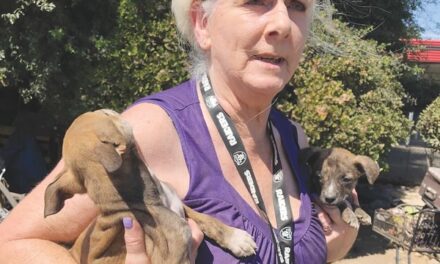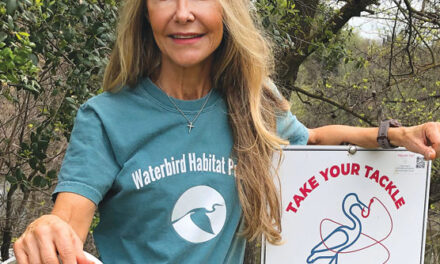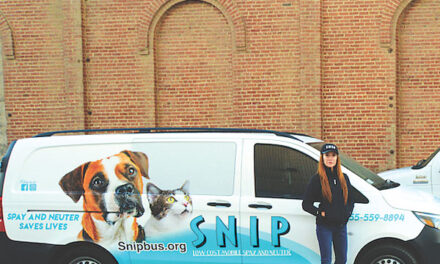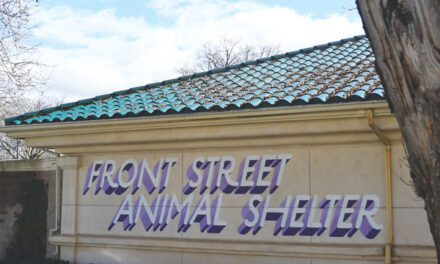The temperature hovered around 100 degrees in August when feral cat trapper Maria Calderon took three homeless kittens to the city’s Front Street Animal Shelter.
Calderon trapped the 6-week-old felines earlier that day. “One had an upper respiratory infection—discharge coming from his eye. I wanted to get them off the street,” says Calderon, who has been trapping in Sacramento for two years.
With Front Street’s policy to take only ill and injured cats, Calderon expected the shelter to give the kittens a safe haven and medical treatment.
That was not the case.
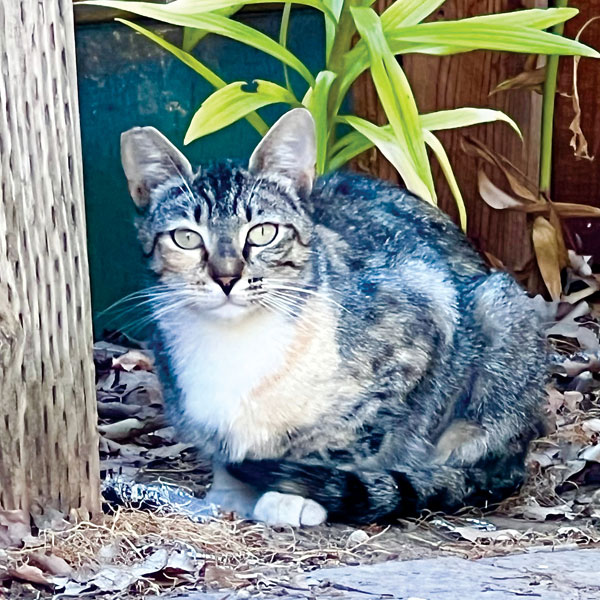
“They are not sick. They are not injured. They are not less than 8 weeks old. So we will not be taking them in,” Front Street staff told Calderon. The eye discharge was not severe enough to qualify as an illness.
“The girl was saying they are healthy and big enough to fend for themselves,” Calderon says. “No, they are not. They are babies. It’s 100 degrees outside and they want me to return these kittens to where they were. They don’t deserve to live their lives outside.”
Feral cats—also called community cats—face starvation, disease and injury. Yet Front Street turned the kittens away—aware of the dangers, aware they would eventually add to the overpopulation of homeless, unwanted animals.
“If we are beyond our capacity, young kittens under 12 weeks should be returned where found so their mother can continue to care for them,” Front Street Manager Phillip Zimmerman says. “If they are over 3 months, the kittens are generally able to fend for themselves and should also be returned where found.”
Calderon walked through the city shelter. “There were only five cats in the cattery,” she says. Subsequent visits confirmed numerous empty cages.
Calderon also traps cats in the county and relies on Bradshaw Animal Shelter. “This would never happen at Bradshaw,” she says. “I’ve taken several kittens in with URIs, just like these kittens.
They take those kittens—no questions asked.”
Zimmerman established Front Street’s reduced intake policy—refusing to accept healthy stray cats and kittens—at the onset of COVID. It continues today.
“Aside from the closure from COVID, there is a legal burden on animal shelters to accept animals and care for them,” says attorney Hilary Bagley Franzoia, who headed the Sacramento County District Attorney’s Animal Cruelty Unit and Animal Cruelty Task Force.
Senate Bill 1785 (Hayden’s Law) passed in 1998, provides it’s better for public and private shelters, rather than private citizens, to take in animals. Accepting animals is important for public health and safety, aiding in the return of animals to owners and preventing inhumane conditions for lost or roaming animals.
Bradshaw partners with the Community Spay Neuter Clinic to help reduce the number of community cats in the area. Trappers can book appointments for trapped cats three days a week.
The Sacramento SPCA holds a community cat spay/neuter clinic the first four Sundays of every month, free to local trappers, altering 80 to 100 feral cats every Sunday. Monday through Saturday, the SSPCA accepts up to 10 trapped cats each day without an appointment for cats trapped in Sacramento County, also at no cost.
“Spaying and neutering is the most effective way of reducing pet overpopulation and the number of pets entering our region’s shelters,” SSPCA CEO Kenn Aline says. So far this year, the SSPCA has altered more than 4,000 community cats, 500 more cats than this time last year.
Both clinics also provide vaccinations, flea prevention and treatment for ear mites, tapeworms and minor wounds.
The system is not perfect. Appointments at the Community Spay Neuter Clinic go fast. At the SSPCA, trappers line up as early as 3 a.m. to snag one of the 10 slots. But it’s something.
Front Street Animal Shelter provides no funding or programs to spay and neuter community cats.
Under former manager Gina Knepp, the city shelter dedicated funds to community cats. “Gina didn’t care if cats were feral,” says a Front Street volunteer not authorized to speak for the shelter. “She said, ‘Get them all spayed and neutered.’ Now, it’s a completely different mindset about spay and neuter.”
With a shelter budget of $7.3 million, Zimmerman says funds aren’t the problem. It’s lack of high-volume, low-cost spay/neuter services. Yet local animal advocates have identified various spay/neuter surgical teams that will work within Front Street’s budget. Those resources have been ignored.
“Front Street wants as few animal intakes as possible,” Calderon says. “It should not be a fight to get kittens into Front Street.”
For information on spaying/neutering community cats, visit animalcare.saccounty.gov, under “Services,” and sspca.org, under “Programs & Services.”
Support the SSPCA’s Feline Spay and Neuter Fund by visiting sspca.org/donate. Under “Please use my gift:,” select “Community cat clinics” on the dropdown menu.
FERAL CAT WALK
In honor of National Feral Cat Day, join the Coalition for Community Cats for its annual 5K Feral Cat Walk, 9 a.m. to noon, Sunday, Oct. 15, beginning at the California Automobile Museum. Registration is $35 and includes an event T-shirt. Children 12 and younger are free. For information, visit coalition4cats.org.
Cathryn Rakich can be reached at crakich@surewest.net. Follow us on Facebook, Twitter and Instagram: @insidesacramento.




